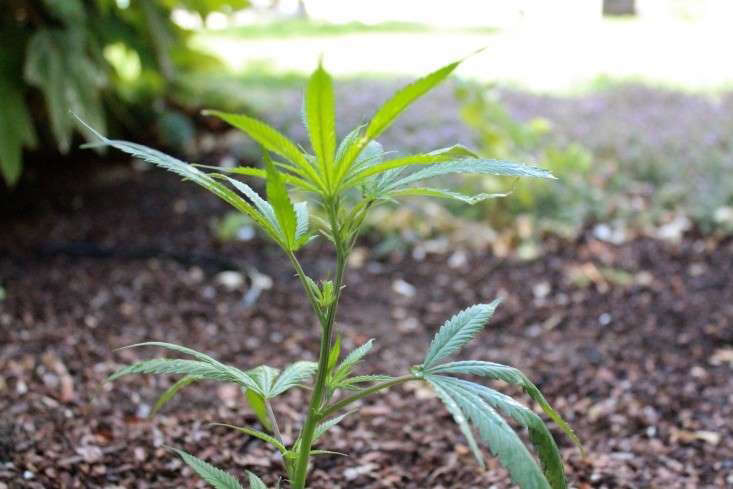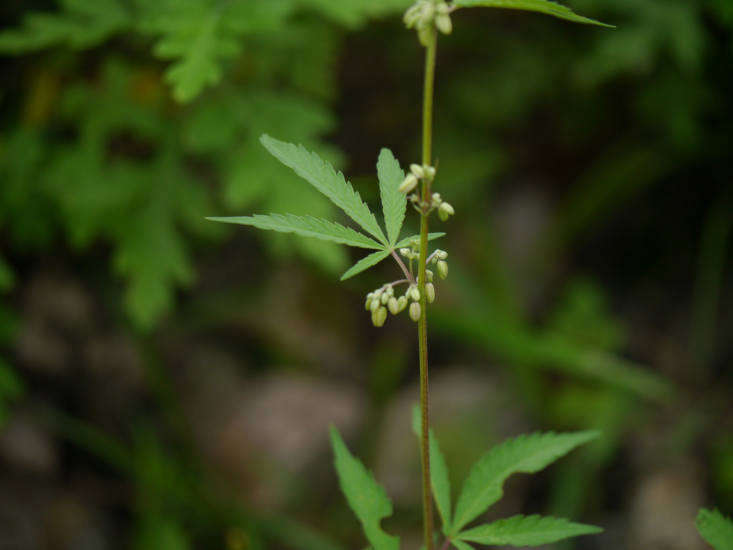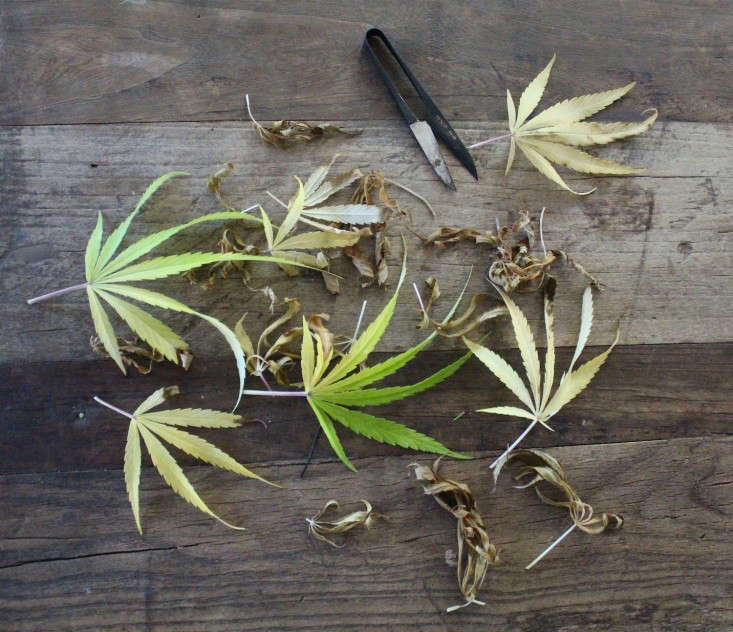Anyone can grow marijuana–its nickname is “weed,” after all–but actually growing it well requires knowledge, patience, and finesse.
There’s a lot to learn about growing marijuana. For starters, the so-called weed called Cannabis is actually an annual flowering herb, and its medicinal properties have been recognized for centuries (in ancient China therapeutic purposes were known at least 2,000 years ago).
Here are 10 things nobody tells you about growing marijuana:
1. All marijuana is Cannabis but not all Cannabis is marijuana.

Two distinct biotypes of Cannabis sativa are hemp (grown for its fiber) and marijuana (with high concentrations of the chemical THC). The acronym THC is a shorthand way to describe tetrahydrocannabinol, which produces reactions to the human nervous system that range from therapeutic to hallucinatory. (Both biotypes contain the chemical CBD–see below.)
For decades, both hemp and marijuana were illegal to grow in the US. The passage of last year’s Agricultural Improvement Act of 2018 (signed into law by President Trump in December) legalized production of industrial hemp. The legality of growing marijuana varies from state to state.
2. There’s reason for all the fuss about CBD and Cannabis.

Like THC, CBD is a compound found in Cannabis plants. Unlike THC, CBD does not get you high.
In recent months CBD, a shorthand way to describe the chemical cannabidiol, has become a popular ingredient in everything from cosmetics to detox drinks. Its proponents tout its ability to relieve everything from inflammation to anxiety. With research to test its efficacy in various dosages, CBD has been approved by the FDA to treat epilepsy, to relieve chemotherapy side effects (including nausea), and to counteract weight loss and lack of appetite for people with AIDs.
3. The number of marijuana plants you can legally grow varies depending on where you live.

State law varies when it comes to the legal amount of marijuana you can grow. For instance, in Alaska you can grow up to 12 plants in a household of at least two adults who are older than 21. In Colorado, the limit is six plants. In Washington, you can only grow backyard marijuana for a medical use. In Alabama, possession is a felony for repeat offenders.
4. Growing marijuana is a lot of work.

You can grow Cannabis indoors or outdoors. (If outdoors, choose a variety that grows well in the garden, such as Honey Cream, Speedy Chile, or Critical Kush.) Either way, if you want to maximize your marijuana harvest, the plant will need optimal growing conditions including the right amount of sunlight, water, and fertilizer.
For one thing, marijuana plants need 12 hours a day of light and 12 of day to flower (which is how they produce THC and CBD. For this reason, many growers prefer to cultivate them indoors using grow lights to regulate the cycle.
If humidity levels are too high, plants can develop bud rot (humidity levels below 50 percent are essential).
Only female plants produce flowers with high cannabinoid levels, so you need to know how to tell the difference between male and female plants.
5. The way to tell the difference between male and female plants is by the buds.

Female plants exhibit bracts with pistils which grow in the nodes between stem and leaf.
6. Hemp requires different growing conditions from marijuana.

Hemp grows outdoors, but you can grow marijuana outdoors or indoors (with the use of plant grow lights).
7. It can take up to six months for a marijuana plant to reach maturity.

From seed to maturity, a marijuana plant’s rate of growth can vary great depending on the variety. Seeds typically germinate in from three to seven days. After germination, the period from seedling to the beginning of flower production can last from two to three months. (Hemp thatis grown for fiber is harvested before it flowers.) After flowers appear, a plant can be harvested in from six weeks to four months, depending on variety. (Indica varieties typically mature faster.)
8. Cannabis belongs in the back of the border in a garden.

Reaching heights of up to 13 feet Cannabis plants can steal the limelight from the rest of the garden. Take the focus off Cannabis by planting it in the back of a border.
9. It’s easy to tell when Cannabis plants are ready to harvest.

“You’re in the weed harvest window when most of the pistils have darkened and curled in,” notes Grow Weed Easy, which offers a photo gallery to illustrate.
10. You can make CBD oil at home.

To make CBD oil at home, you’ll need finely ground marijuana, a carrier oil (such as coconut oil), a double boiler, cheesecloth, and tongs. See step-by-step instructions at Key to Cannabis.
See more growing tips at Marijuana: A Guide to Planting, Care & Design in our curated guides to Herbs 101. Read more:
- The Marijuana Plant and Me: Part 1
- My Marijuana Plant: Best Apps and Growing Tips
- Growing Guide: 11 Essential Tips to Grow Your Own Marijuana








Have a Question or Comment About This Post?
Join the conversation